Healing art: a spiritual journey with Ernesto Neto and the Huni Kuin tribe at Vienna’s TBA21
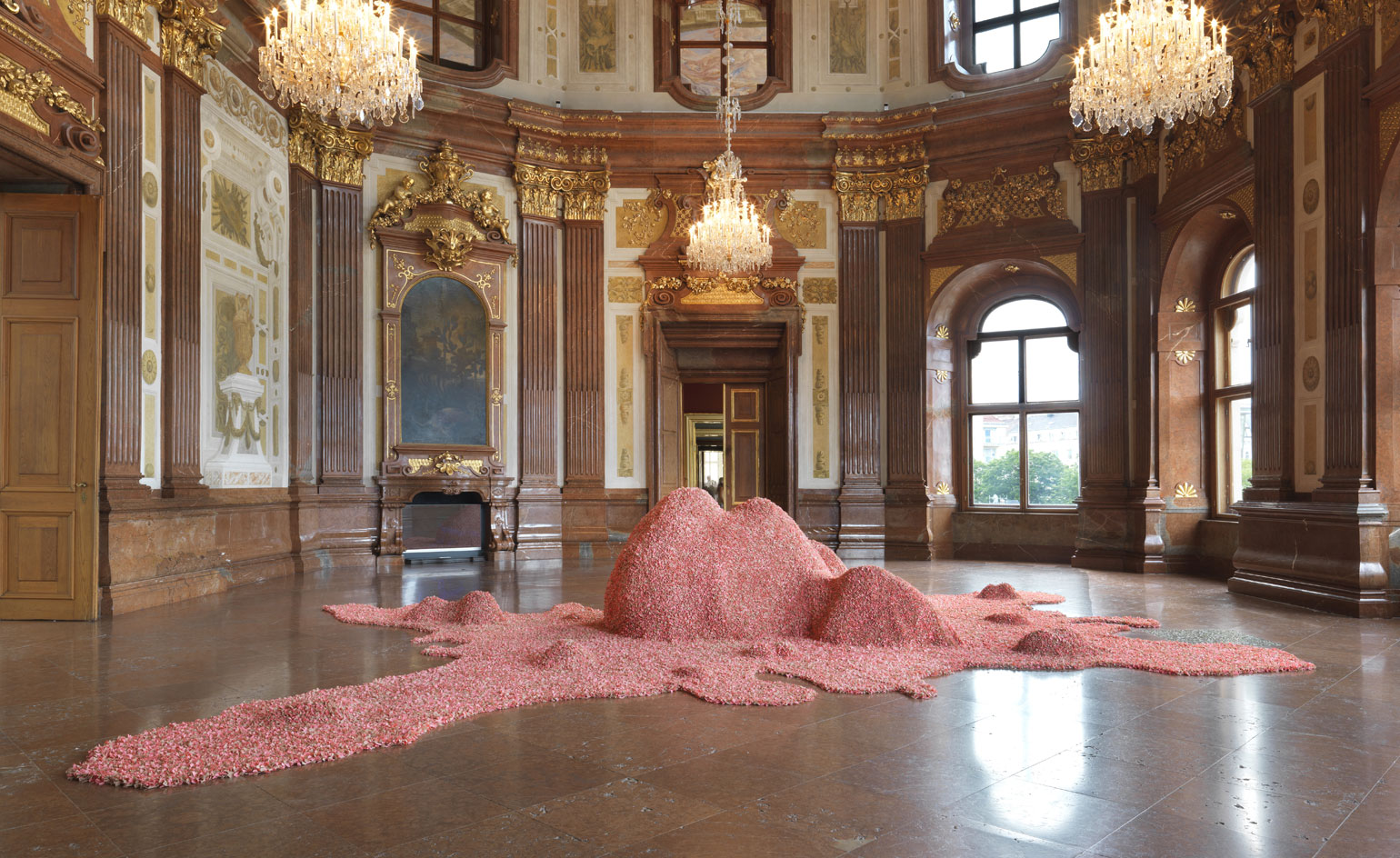
Following the release of the illustrated Livro da Cura ('Book of Healing') by the Rio de Janeiro Botanical Garden Research Institute in 2014, Brazilian artist Ernesto Neto journeyed into the Amazonian jungle to learn from the Huni Kuin tribe, whose plant knowledge and medicine practice the compendium is based on.
After a formal expedition with TBA21 founder Francesca von Habsburg and curator Daniela Zyman to meet the Huni Kuin's pajés, or shaman healers, the contemporary art space presents 'Aru Kuxipa, Sacred Secret'. The exhibition's program, Zyman says, is about exploring 'ancestral futures' and preserving the ancient knowledge of indigenous peoples for contemporary society.
In what feels like one of his more spiritual works, Neto morphs TBA21's Augarten space into a trans-dimensional temple, with familiar work and new environmental installations inspired by Huni Kuin symbols and traditions.
In the first room, which Neto says is meant for 'transition and preparation', the artist turns gravity upside down and has visitors walk barefoot on a pale blue sky under a system of nylon tubes and bulbous sacks, bulging with Styrofoam pellets and rice. The soft scent of chamomile wafts from crocheted bags of herbs. Traditional tribal power patterns – such as the jaguar's eye (to forge ahead) and the thorn (to slow down) – appear in intricate beadwork and instruments recreated by the artist.
A low-lit ritual space places visitors back on solid ground, with a straw mat under a woven red and green canopy that twists up to the sky like a spider web vortex. The en-suite research room holds the only English version of the Livro da Cura (produced by TBA21), alongside other titles on related anthropological and cosmological topics, and a video installation on Huni Kuin mythology.
Members of the Huni Kuin tribe contributed drawings of their sacred plants for the library walls, and TBA21 took great pains to bring tribal elders to Vienna for a summer symposium on botanical medicines and healing sessions to inaugurate the exhibition in June. Before returning, one of the shamans donated his ceremonial tunic, headdress and feather wand, which became centrepieces in the ritual space. In September, the tribe's younger generation of healers will come to Vienna for another session.
It doesn't end at Augarten. Neto has also taken over a room in Vienna's 18th-century imperial palace of Upper Belvedere with his piece O tempo lento do corpo que é pele, 2004. And in a storybook Austrian village just less than an hour northwest, the Kunsthalle Krems has mounted a retrospective look at Neto's work from the last two decades with 25 pieces.
As Neto's suspended works often use counterbalances, fellow Brazilian artist Inés Lombardi's minimalist pantone-coloured detail photographs in 'Retroprospective' at Kunsthalle infuse distance and a more sterile intellectual grounding after his emotional, tactile universe. Kunsthalle director Hans-Peter Wipplinger said he wanted to show Neto and Lombardi together because they are 'so different in their formal aesthetic principles and approaches to the same issues'.
Swinging from a hammock at the TBA21 show, Neto says he wants to create 'natural, organic, imaginary landscapes where people can breathe'. When told that he is then, in a sense, also a healer like the Huni Kuin shamans, Neto is transcendent. 'The art is the healer, brother,' he responds. 'I'm just something in between.'
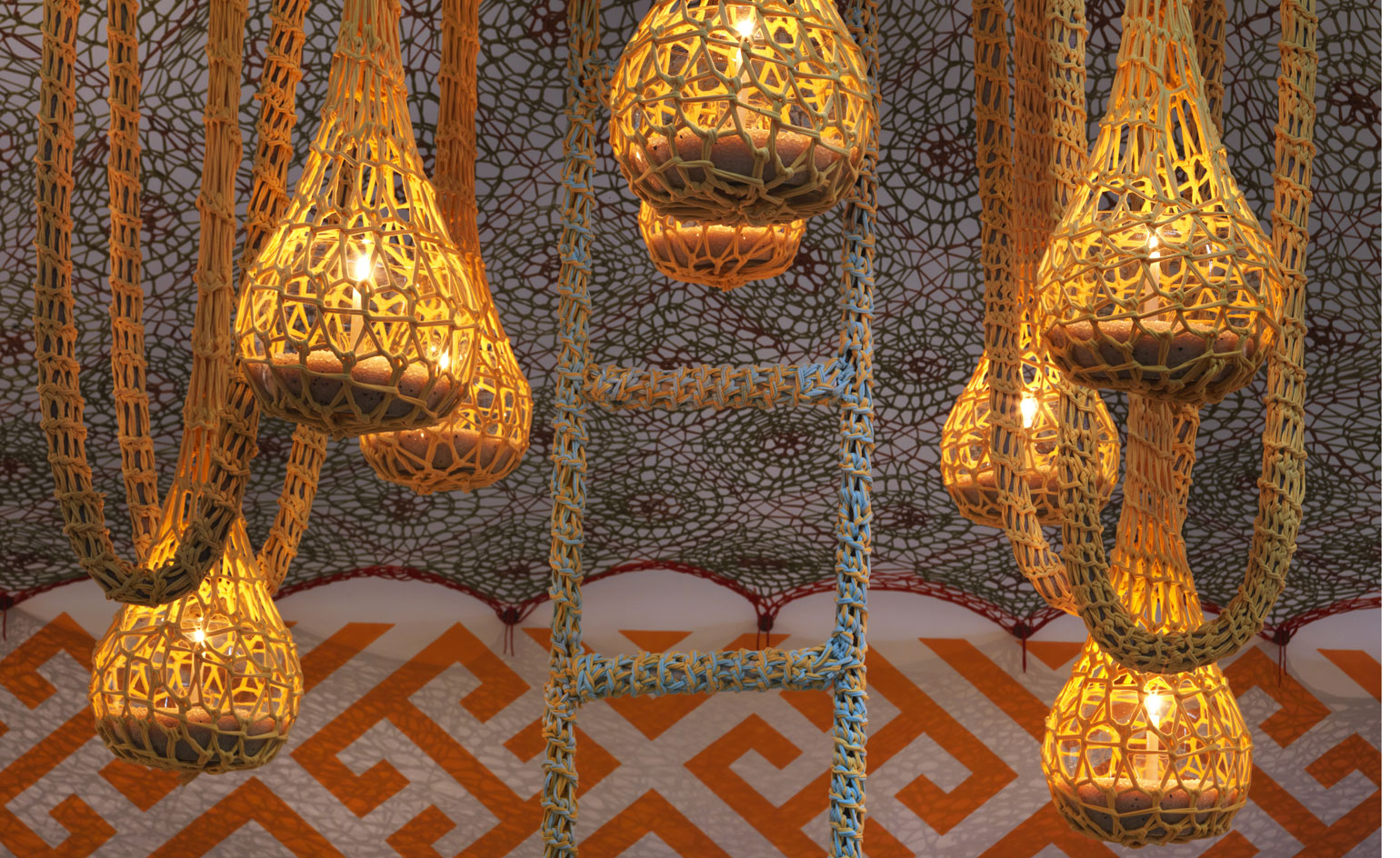
The show is inspired by Neto's expedition to meet the Huni Kuin tribes in the Amazon. Pictured: CanoeKeneJaguarPataLampLight (CanoaKeneOnçaPawLampadaLuz), 2015.
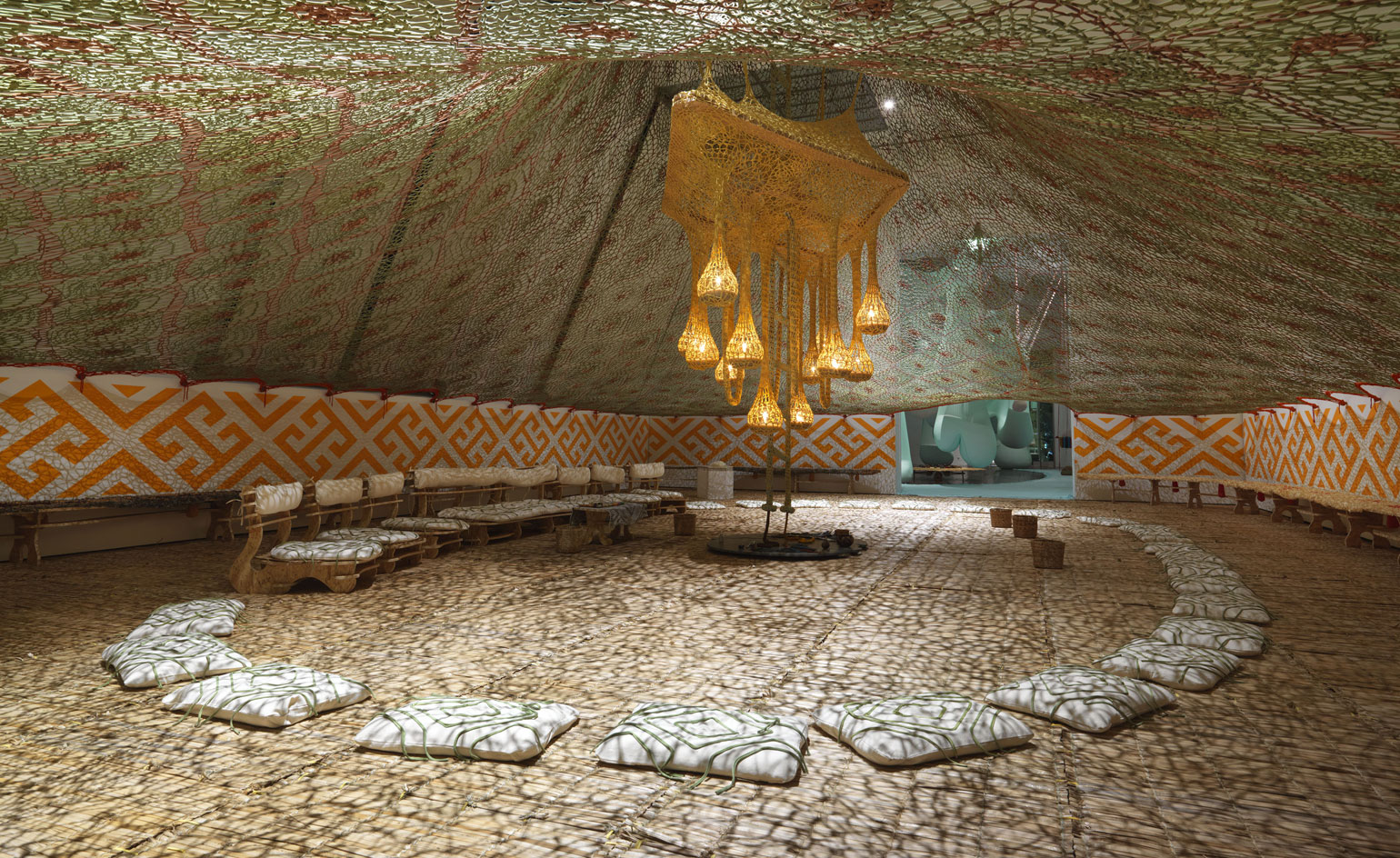
Neto morphs TBA21's Augarten space into a trans-dimensional temple, with familiar work and new environmental installations influenced by tribal symbols and traditions.
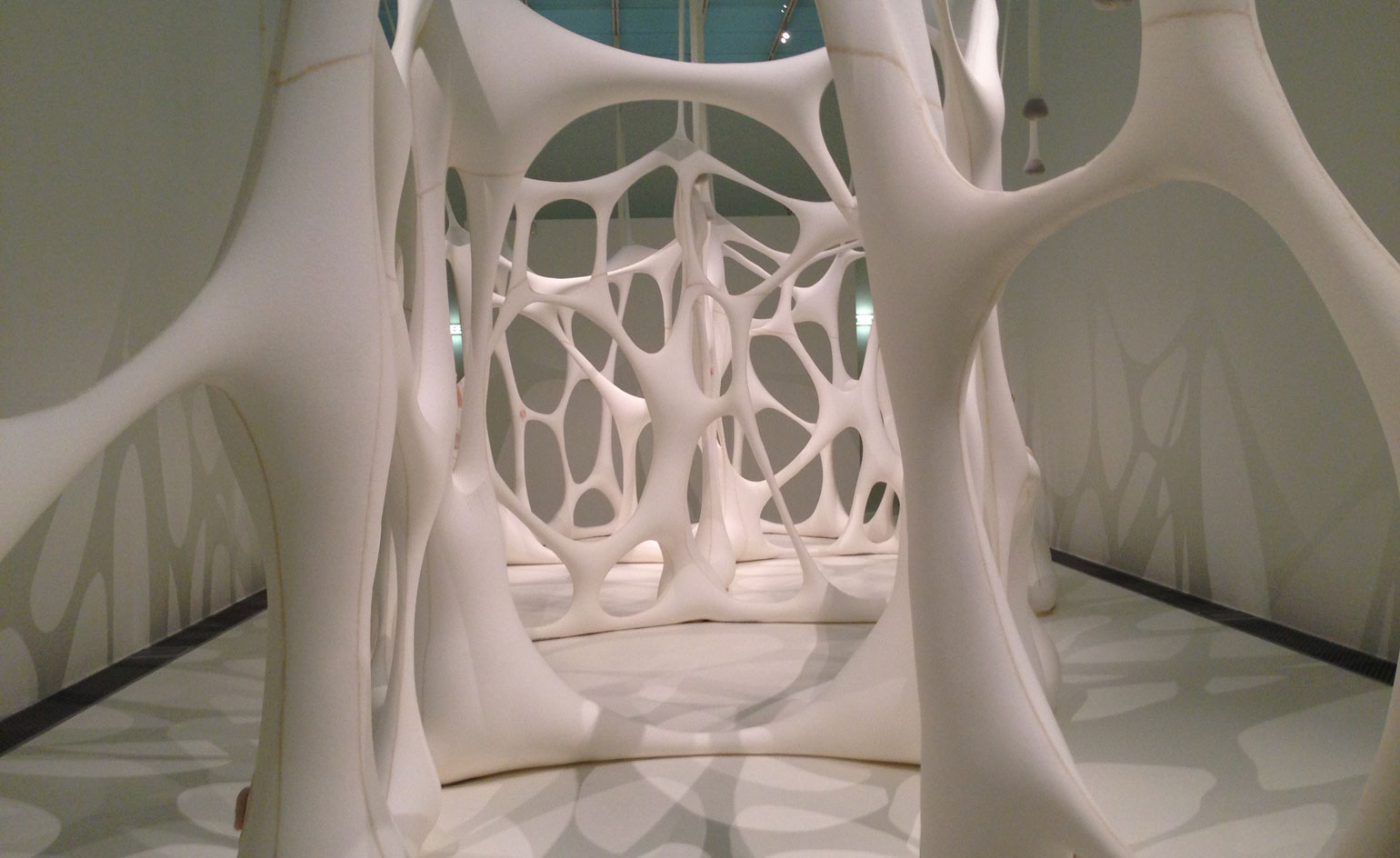
Neto says he wanted to create 'natural, organic, imaginary landscapes where people can breathe'. Pictured: Esqueleto Glóbulos, 2001.
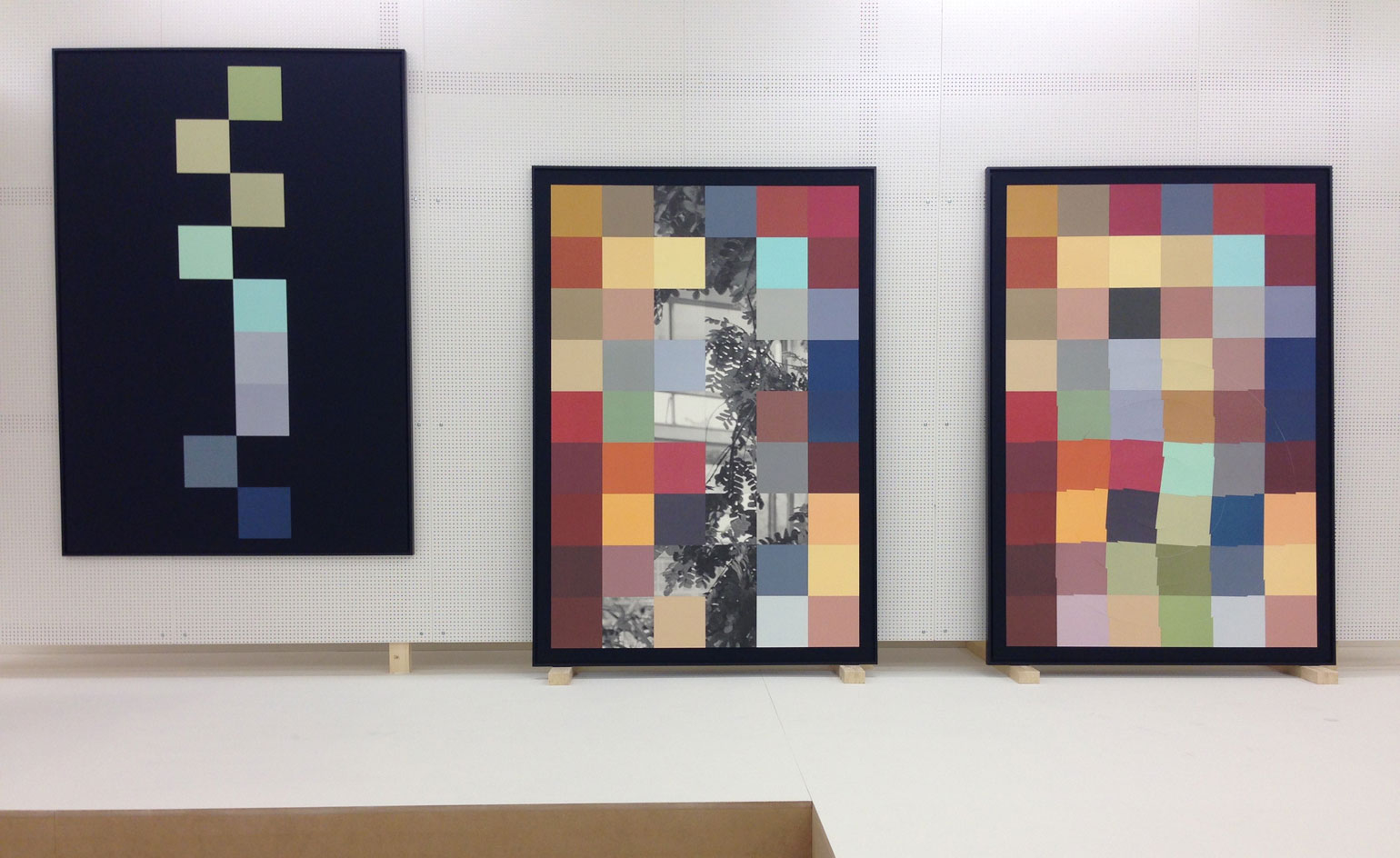
Included in the show are pantone-coloured photographs by fellow Brazilian artist Inés Lombardi. The pieces infuse distance and a more sterile intellectual grounding after Neto's emotional, tactile universe.
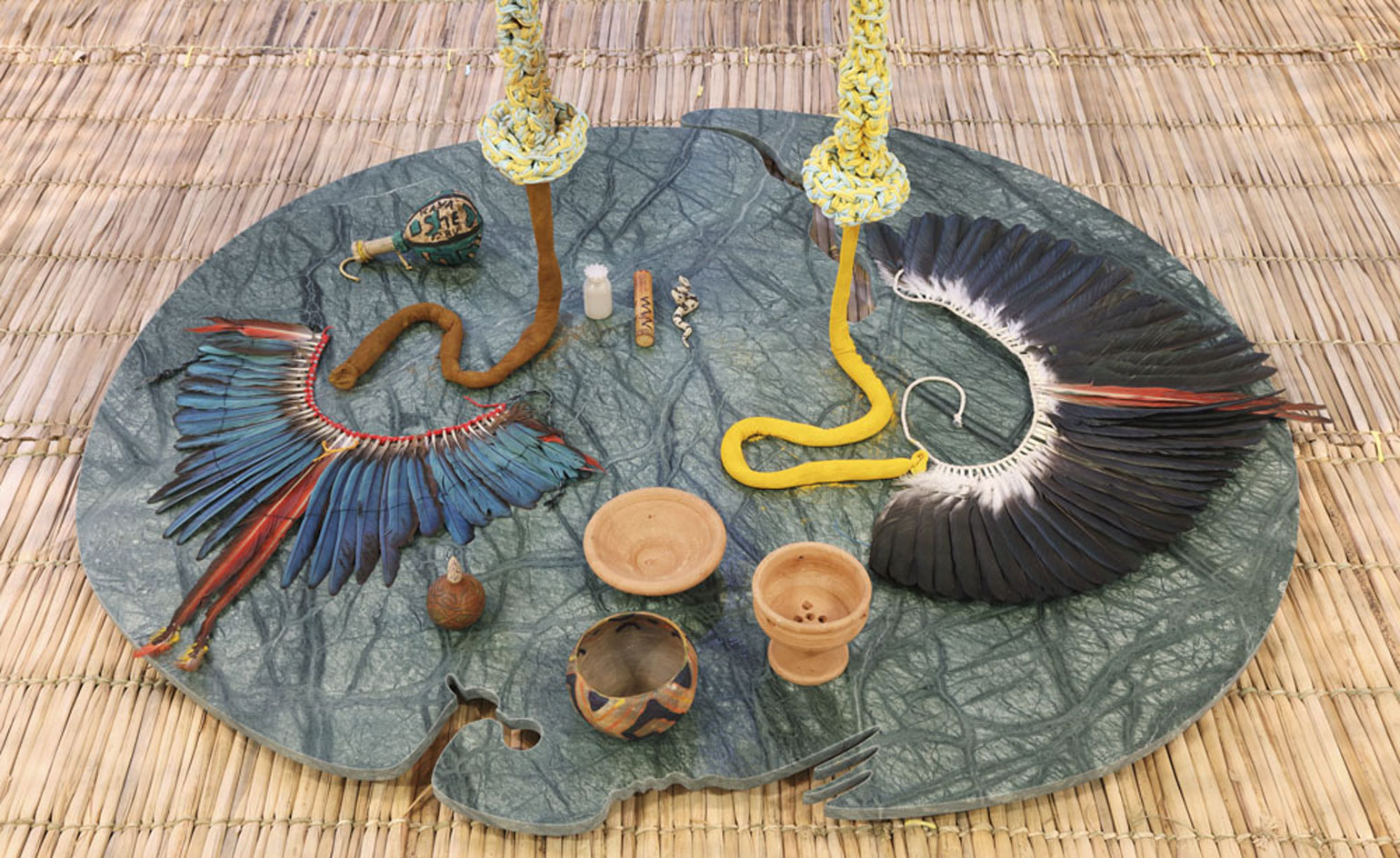
PedraGiboLagoDuaBusé (StonePythonDuaBuséLake), 2015.
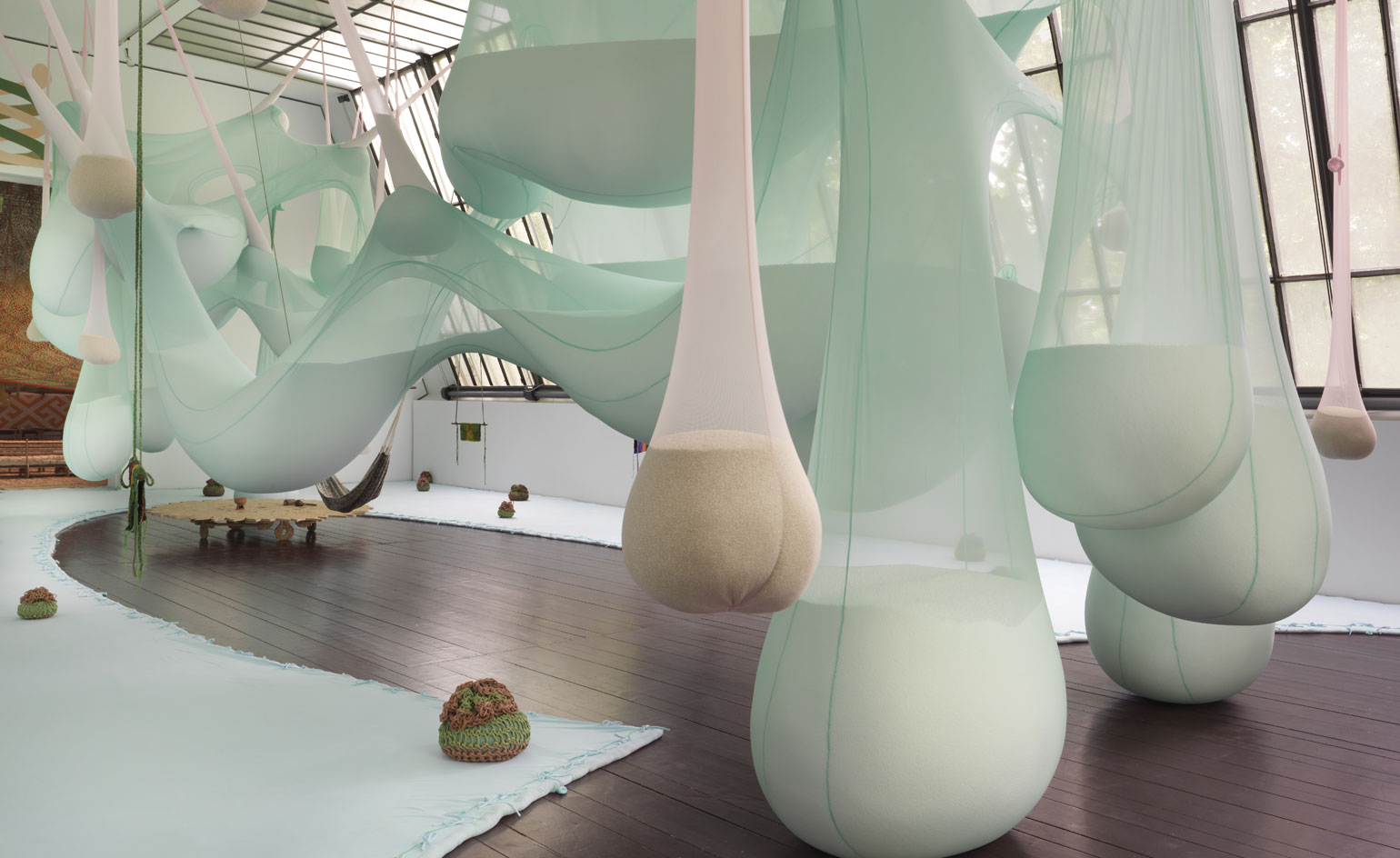
Neto turns gravity upside down in A Gente se encontra aqui hoje, amanhã em outro lugar. Enquanto isso Deus é Deusa, 2003. The piece has visitors walking barefoot on a pale blue sky under a system of nylon tubes and bulbous sacks.
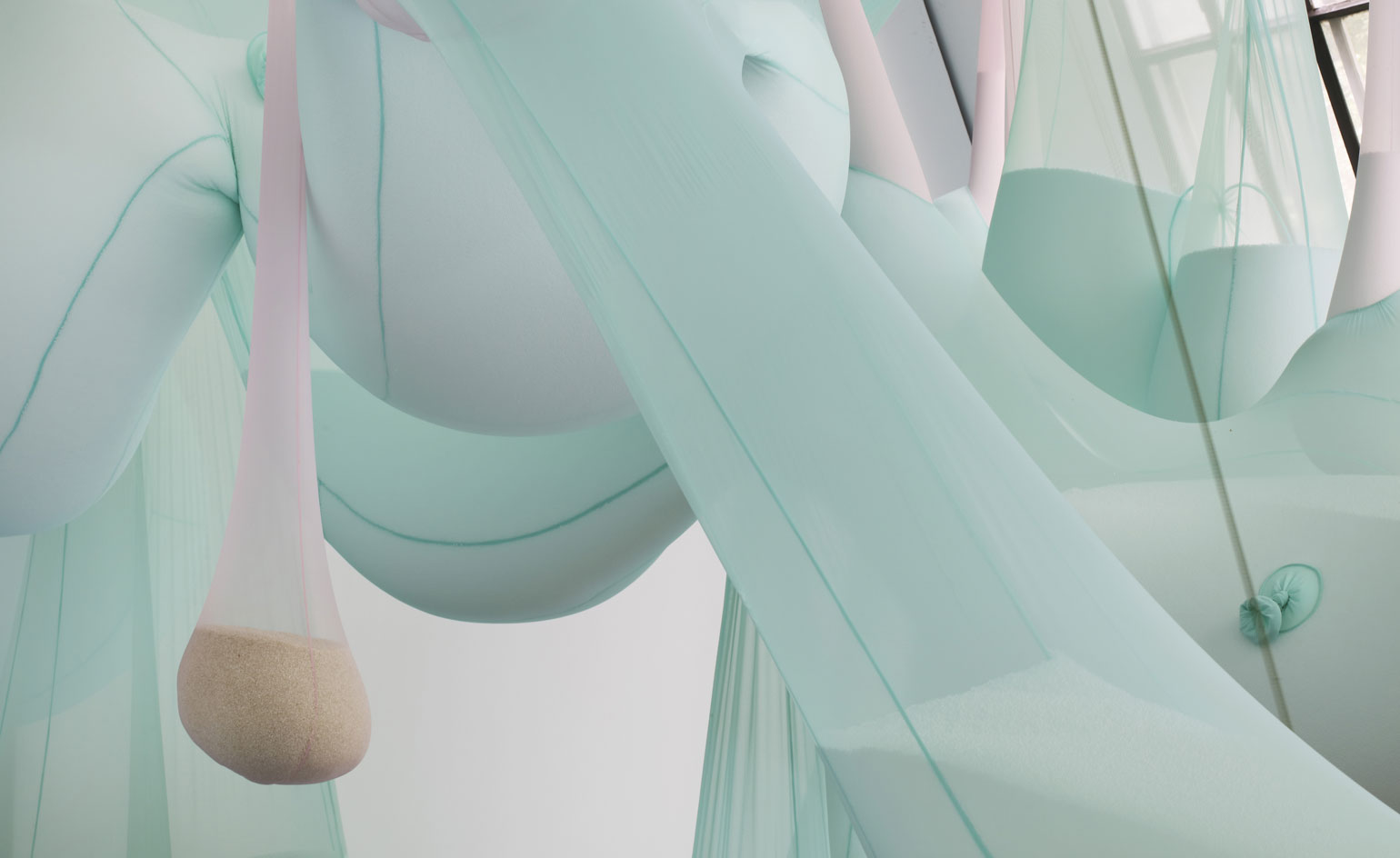
The sacks bulge with Styrofoam pellets and rice.
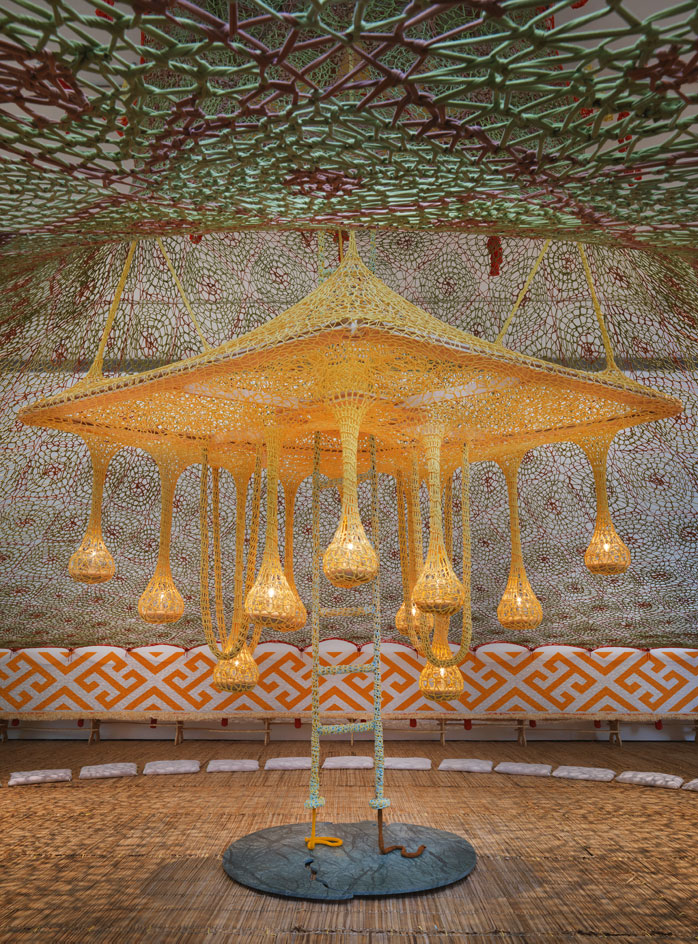
CanoeKeneJaguarPataLampLight (CanoaKeneOnçaPawLampadaLuz), 2015.
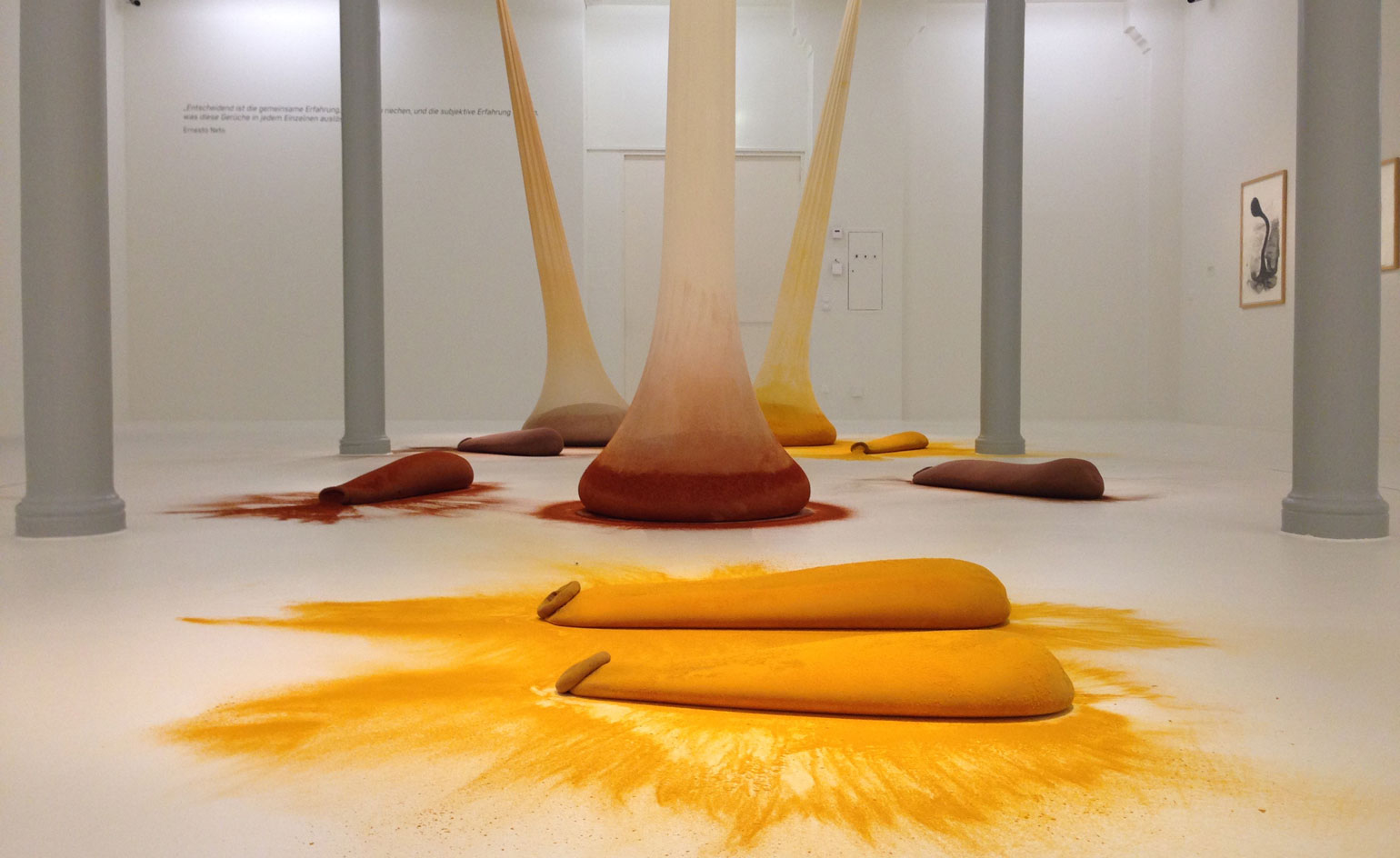
TBA21 took great pains to bring tribal elders to Vienna for a summer symposium on botanical medicines and healing sessions to inaugurate the exhibition in June. Pictured: Paff Puff and the Eternal Infinite, 1998.
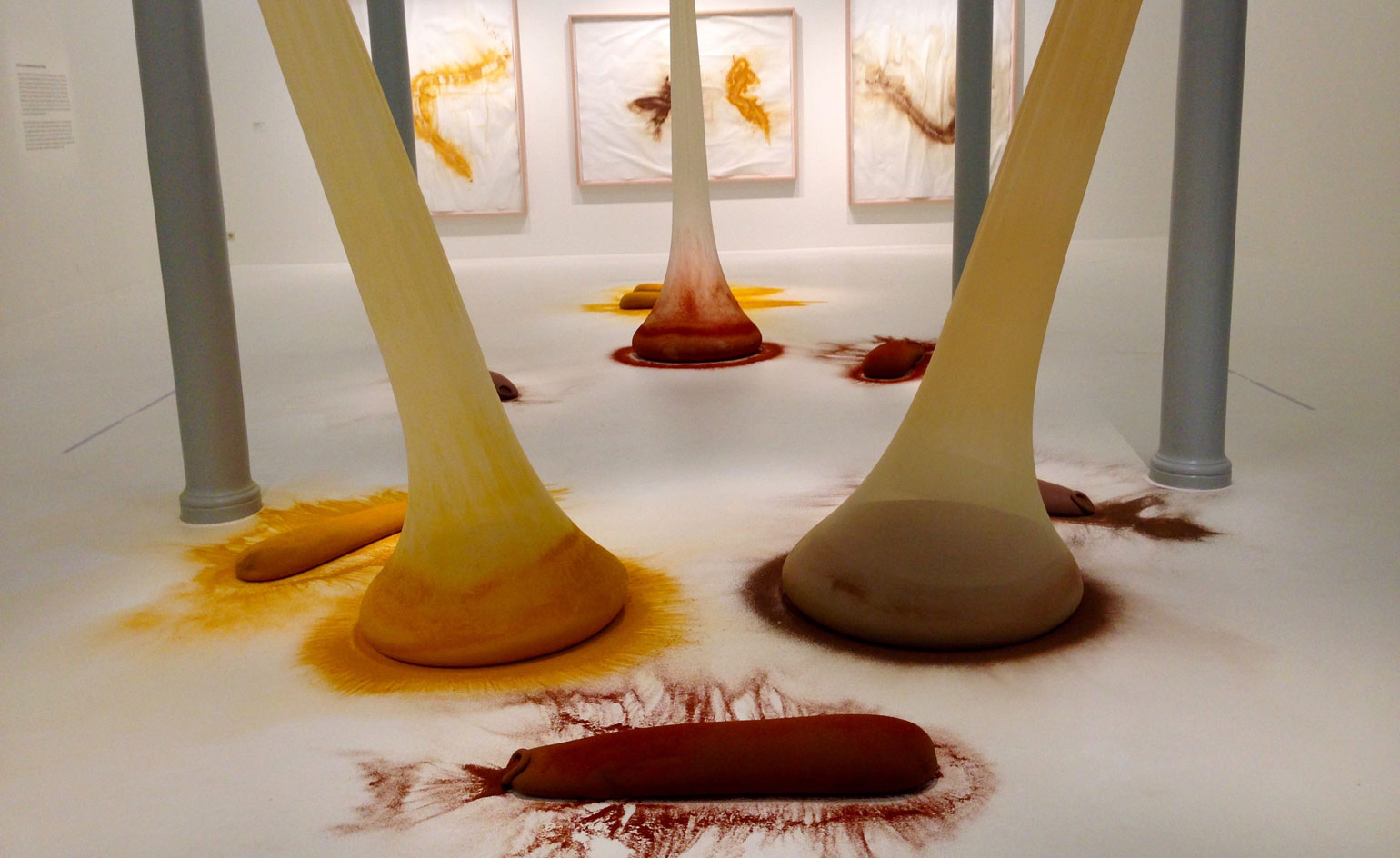
Paff Puff and the Eternal Infinite, 1998.
ADDRESS
TBA21
Scherzergasse 1A
1020 Vienna,
Austria
Receive our daily digest of inspiration, escapism and design stories from around the world direct to your inbox.
-
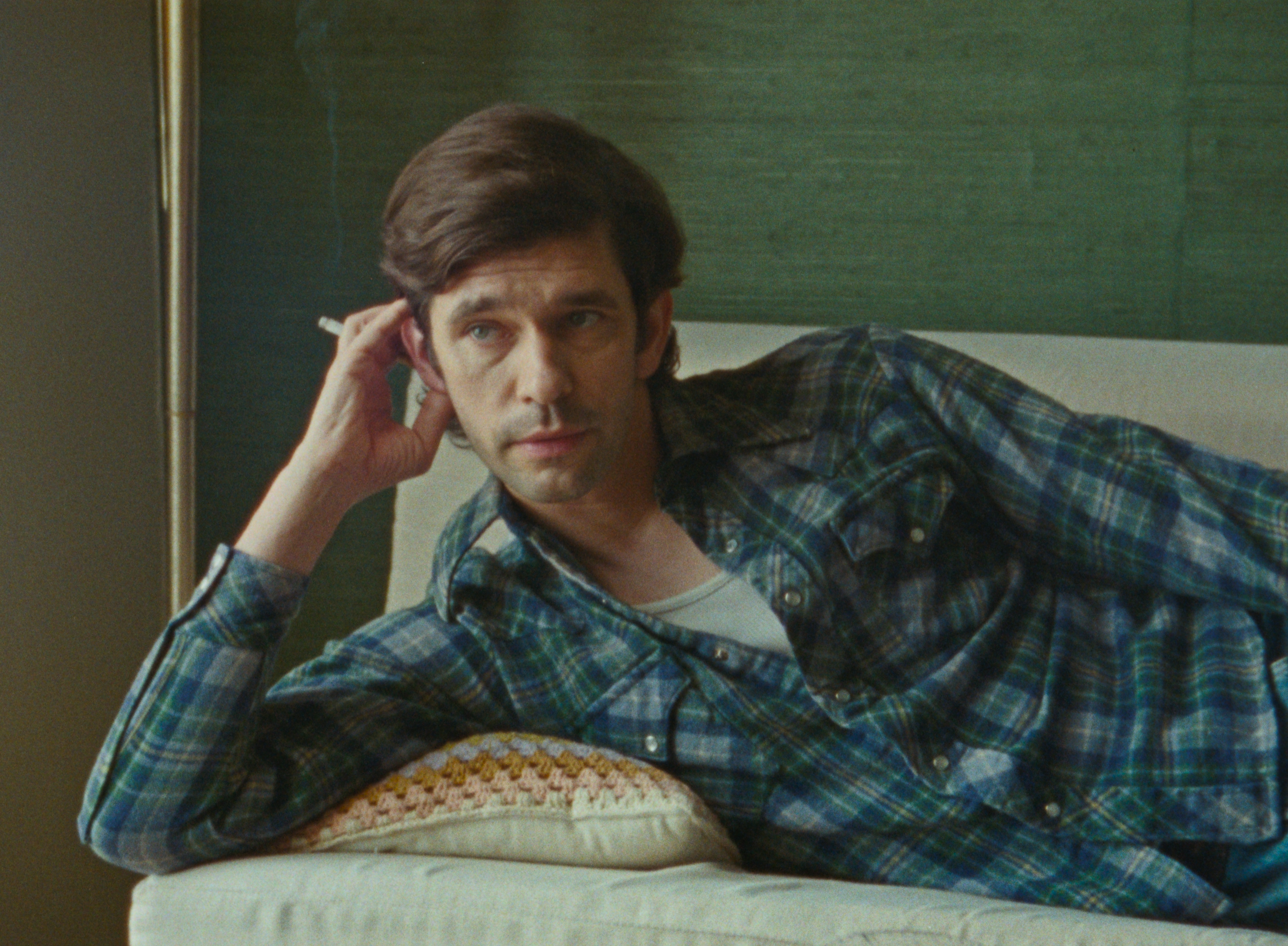 Can the film 'Peter Hujar's Day' capture the essence of the elusive artist?
Can the film 'Peter Hujar's Day' capture the essence of the elusive artist?Filmmaker Ira Sachs and actor Ben Whishaw bring Peter Hujar back to the front of the cultural consciousness
-
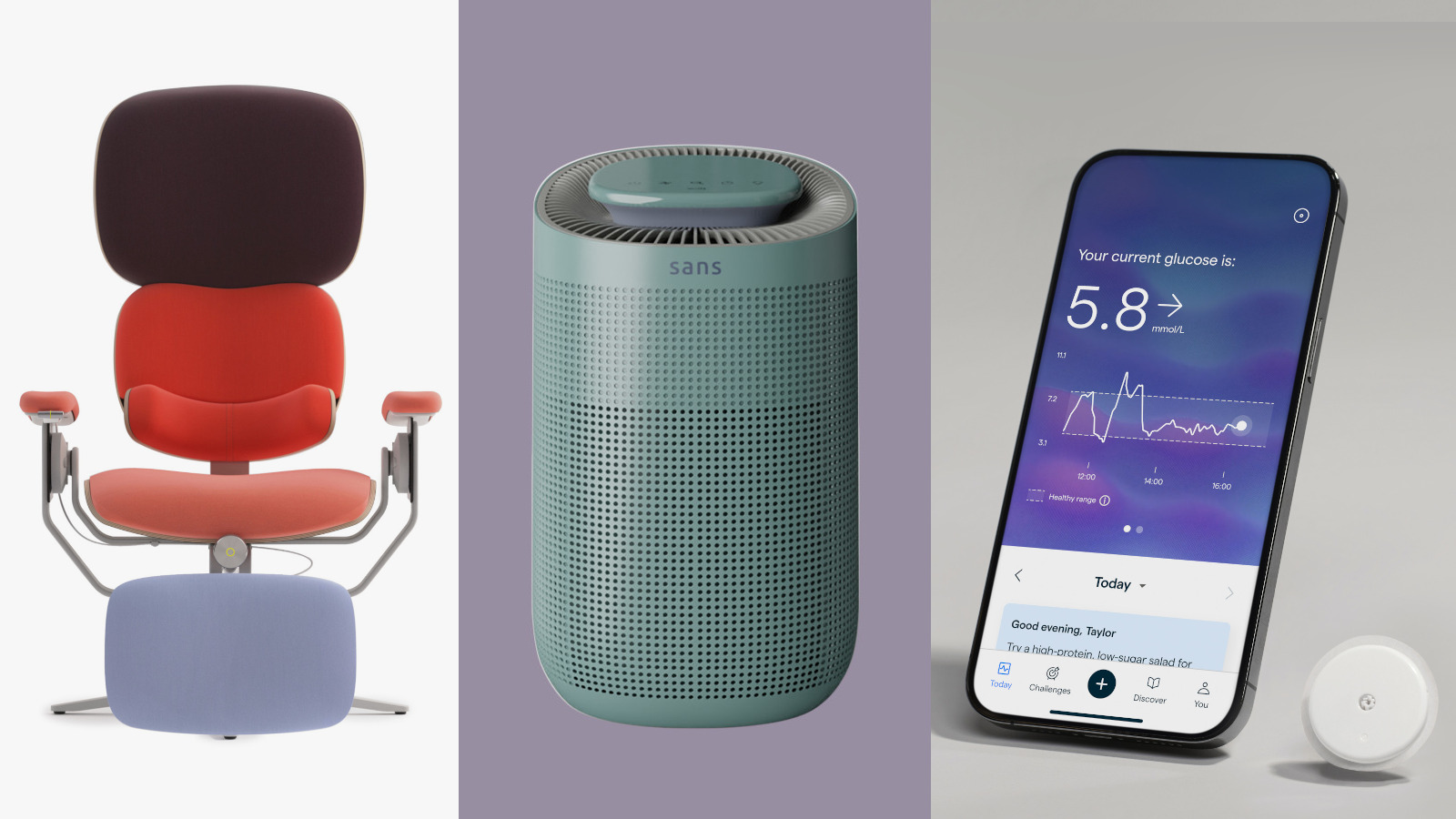 New tech dedicated to home health, personal wellness and mapping your metrics
New tech dedicated to home health, personal wellness and mapping your metricsWe round up the latest offerings in the smart health scene, from trackers for every conceivable metric from sugar to sleep, through to therapeutic furniture and ultra intelligent toothbrushes
-
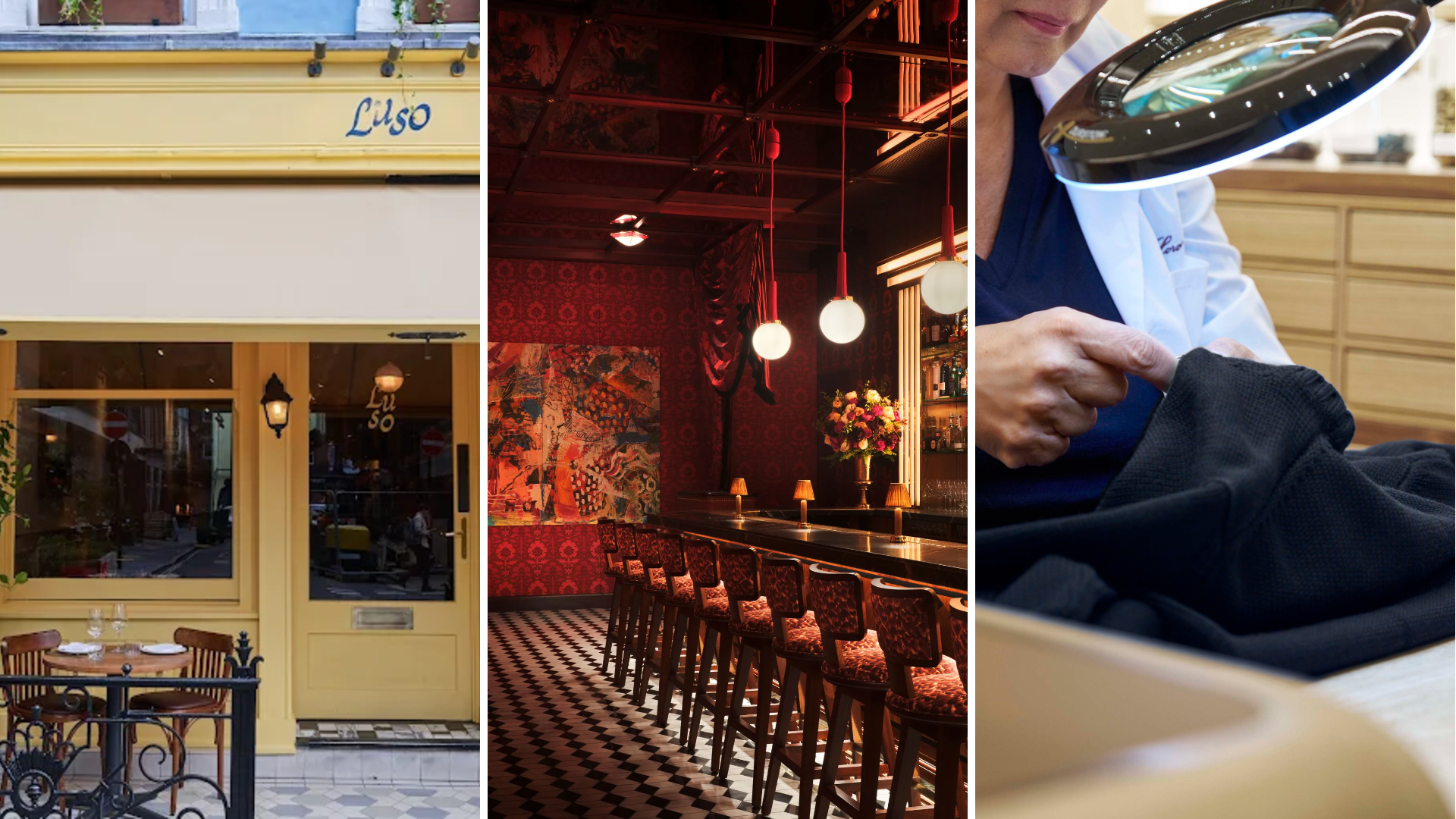 Out of office: The Wallpaper* editors’ picks of the week
Out of office: The Wallpaper* editors’ picks of the week'Tis the season for eating and drinking, and the Wallpaper* team embraced it wholeheartedly this week. Elsewhere: the best spot in Milan for clothing repairs and outdoor swimming in December